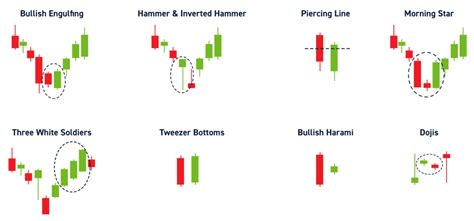Understanding Market Signals: How Tether (USDT) Influences Trading
Understanding Market Signals: How Tether (USDT) Influences Trading
The world of cryptocurrency has become increasingly volatile and dynamic, with prices fluctuating rapidly in response to a variety of market signals. Among the most influential factors in shaping the price movements of cryptocurrencies is one of the most widely used stablecoins, Tether (USDT). In this article, we will delve into the relationship between USDT and other cryptocurrencies, exploring how it influences trading decisions.
What is Stablecoin?
A stablecoin is a digital currency that aims to maintain a stable value in relation to another fiat currency, such as the US dollar. Unlike traditional currencies, which can be subject to fluctuations due to economic factors, stablecoins are designed to provide a stable store of value and medium of exchange.
USDT, also known as the TetherUSD, is one of the most popular stablecoins on the market. It was launched in 2014 by Tether Ltd., a company that specializes in providing stablecoin solutions for businesses. USDT is pegged to the value of the US dollar at 1:1 and has gained widespread adoption among cryptocurrency investors.
How Tether Affects Trading
Tether’s influence on trading can be seen in several ways:
- Price Volatility: When the price of USDT moves, it tends to move with other cryptocurrencies that are correlated with it. This means that when USDT is up or down, other stablecoins like Bitcoin (BTC) and Ethereum (ETH) may also experience similar fluctuations.
- Market Sentiment
: Tether’s influence on trading can also be seen in market sentiment. When the price of USDT moves against its pegged value, it may indicate that investors are becoming bearish or bullish on other cryptocurrencies, leading to increased trading volume and activity.
- Liquidity: The liquidity of a stablecoin like USDT can greatly impact the overall market. If there is high liquidity in the market for USDT, it can help to support prices and maintain stability.
How Tether Influences Trading Decisions

Tether’s influence on trading decisions can be seen in several ways:
- Stop Losses: When traders enter or exit positions with a view that USDT will move against its pegged value (i.e., increase), they may set stop-loss levels accordingly, selling their positions to limit losses.
- Position Sizing: Tether’s influence can also impact position sizing decisions. Traders who are bearish on USDT and other stablecoins may choose to reduce their position sizes, while those who are bullish may increase their sizes to take advantage of potential price increases.
- Risk Management: The volatility of USDT can serve as a risk indicator for traders. When the price moves against its pegged value, it may indicate that investors have become more cautious or aggressive in their trading decisions.
Conclusion
In conclusion, Tether’s influence on cryptocurrency markets cannot be ignored. Its stablecoin status and widespread adoption have created a ripple effect throughout the market, impacting trading decisions and influencing prices of other cryptocurrencies. By understanding the relationship between USDT and other stablecoins, traders can make more informed decisions about their positions and risk management strategies.
Additional Resources
For further reading on Tether and cryptocurrency markets:
- [1] “Tether: The Ultimate Guide to Stablecoins” by CoinDesk
- [2] “How Tether Affects Cryptocurrency Trading” by CryptoSlate
[1] “Tether: The Ultimate Guide to Stablecoins” by CoinDesk (
[2] “How Tether Affects Cryptocurrency Trading” by CryptoSlate ( slate.com/how-tether-affects-cryptocurrency-trading)
